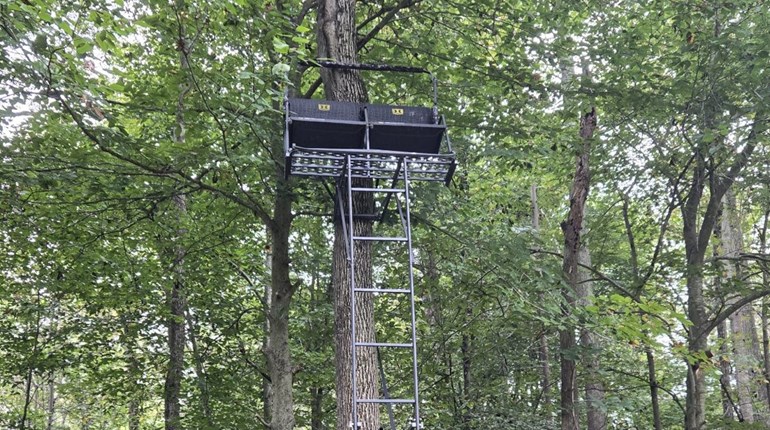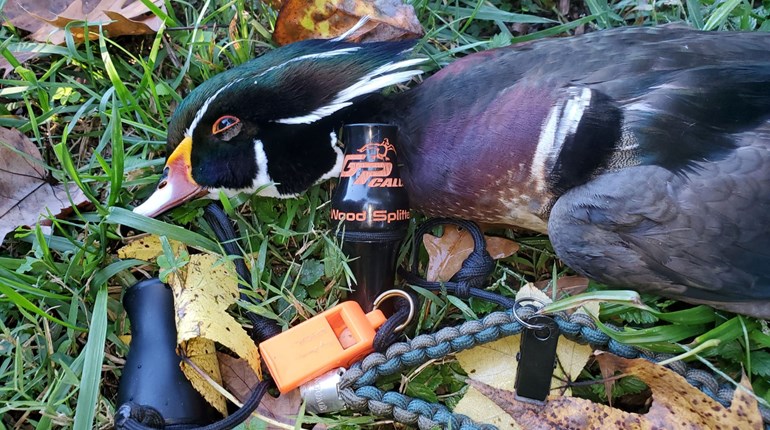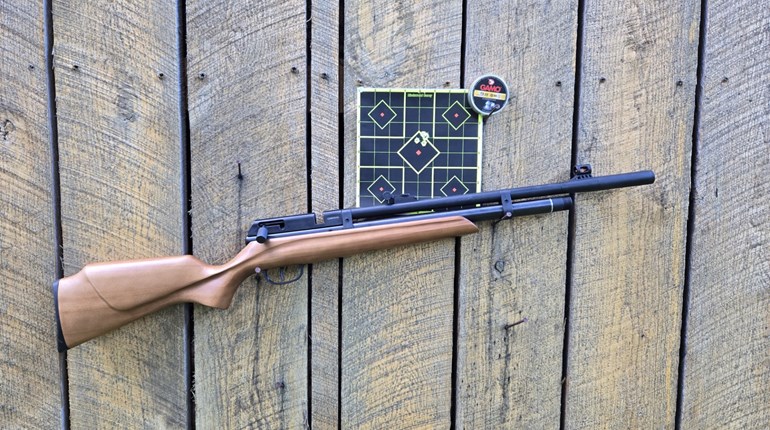
Early fall is full of promise—to include the first beautiful duck in hand after a fast and furious hunt at daybreak. Are you ready for some “in your face” shotgunning for wood ducks this season? After all, if there’s one species of duck that’s uniquely thrilling to hunt, it would have to be the wood duck.
Unlike most other species of ducks, wood ducks roost in trees. Although wood ducks can be hunted all day long where legal, the best action is right at dawn. As fast as the flights and landing in the decoys begins, it can end. However short the hunt may be, it is one full of fall foliage with bright crimson leaves on the water surface, golden yellows along the edges of swamps and sloughs or ponds and joy as a retriever brings one of nature’s most gorgeous ducks to hand after the feathers fly. Bonds, both human to human and dog to human, are formed each early wood duck season and the air is full of promise.
So, how do you prepare for the early wood duck season since it is so different?
Scout
First, you scout. Scouting is as simple as securing a beaver pond, swamp, slough or long cove in a larger body of water to hunt. Go there a week or two before the season opens, and sit before the sun comes up. Get close enough to see what comes in, but not so close you cannot ease out without spooking the birds. You need only stay for an hour. Then you should know if birds are feeding in that area.
Second, you gather your gear. Thankfully you really do not need a lot of gear for wood ducks. Just gather a good shotgun, some hip boots or waders, the proper ammunition, full camo, a simple wood duck call, a few decoys (less than a dozen for sure), a retriever to find the ducks in the gnarly spots they tend to fall in, and a friend to share the moment with.
Guns and Ammunition
Shotguns can be whatever you tend to use duck hunting, but if you have choices, opt for a lighter gun with a shorter barrel for those fast, up close and personal shots. I love a youth-sized gun for this chore. Put an improved cylinder choke in it and opt for #6 shot. This is a time that a small-gauge gun such as a 16, 20 or even a 28 gauge with quality loads will do the job quite well. I like the Hevi II loads personally, but there are other great loads out there.
Boots
Depending on your situation, hip boots, knee boots or chest waders may be the correct choice. If you have a great retriever and are standing on the shore, you might get away with normal waterproof hunting boots! I like to have some hip boots just in case I need to maneuver a bit to find a good spot to hide. 
Camo
Speaking of hiding, full camo is the uniform of the day. I even wear a face mask, so my skin tone does not flare birds. However, if you have a blind or a great spot to hide in the brush where you can peek out and then pop out quickly, then you may not need the face mask. Wear some camo colors that mimic the background of the water—particularly the vegetation or bank—and take a few minutes to find a spot where there is an overhanging limb or some stick ups to hide behind.
Try to be as close to the water’s surface as possible. I once set up on a hill above the water. While the high ground is typically superior in many circumstances, seeing wood ducks as they skyrocket at dawn just above the water’s surface is not really one of the times you want the high ground. It is better to be able to see them against a brightening sky.
Calls and decoys
A wood duck call is pretty valuable to have, and surprisingly inexpensive to get. I prefer a GP Wood Splitter by Carr’sWaterfowl.com These calls are extremely well made, reasonable in price and made in Virginia by waterfowl guides who know what they are doing.
I use the call when I hear the first whistling wood duck jump off a limb looking for breakfast, and once we shoot and some are flying off. Hitting the call before after legal light lets the ducks know where you are … and that is where the couple of decoys you have tossed out come into play.
I rarely use more than five or six. I leave a big hole for the birds and I quit calling once they are within sight. Let the table setting do the job! I will call once we shoot if a few birds are flying off. Often, they will swing back around and take another look, and give us another chance. The decoys are best if they are wood ducks, but you can toss in a teal or two and a puddle duck or two—but put them away from where you want the woodies to land.
Retriever
Wood ducks can be forgiving, so if your dog is a bit edgy, moves a little bit or is out of tune, you can probably get away with a few minor mistakes the first hunt or two of the season, particularly if you hide the dog well. Just be sure you let any in your hunting party know that the dog may go retrieve while there are some birds incoming as woodies tend to come in waves.
Personally, we try to wait until the birds slack off and then send the dog. However, birds that get wounded or fall outside of easy sight should be retrieved sooner rather than later. Having your dog in shape is important, as early season often means thick vegetation to navigate. (You can rest assured a duck will fall in the worst of it instead of the open water.)
Take care to put a vest on the dog if you are hunting a beaver swamp. Submerged cut stobs can hurt a dog that is leaping through water. The vest can help protect against that.
This early season, have your gear ready and staged before the opener. Select a few close friends to share the morning with and keep mum on your local wood duck hole until the shooting is done. Enjoy the first good duck hunt of the season!







































